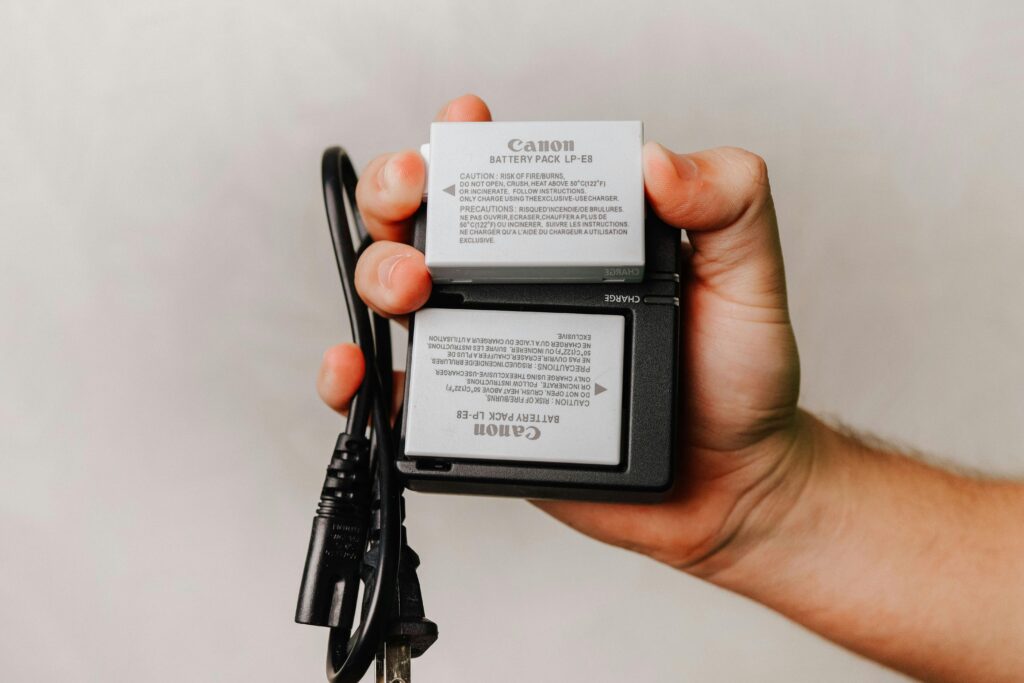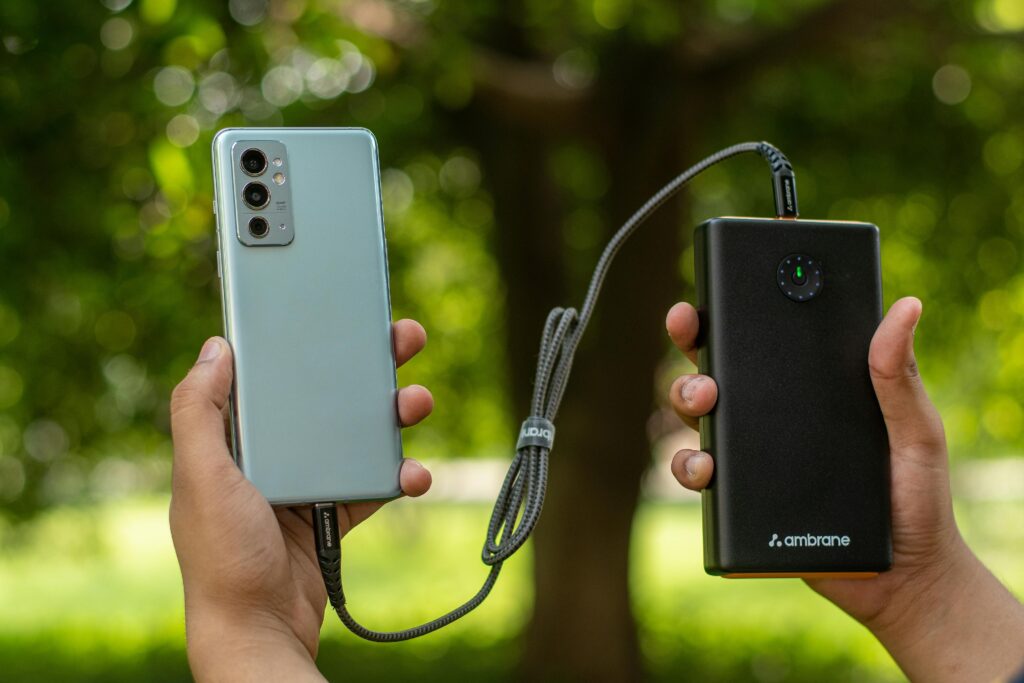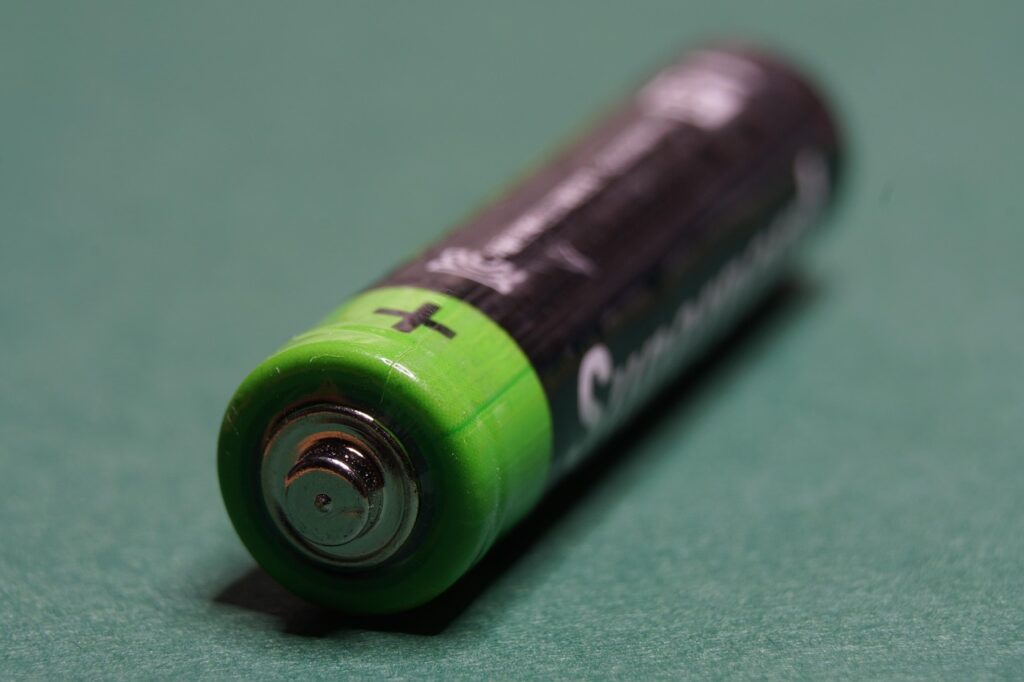
Best Portable power & Battery
In today’s digitally driven world, the demand for constant power supply is no longer a luxury—it’s a necessity. Whether you’re working remotely, camping off-grid, or simply preparing for emergency power outages, portable power and battery backup solutions are the go-to tools. These compact, efficient energy sources have redefined convenience, mobility, and sustainability. From solar-powered generators to cutting-edge lithium and sodium-ion battery stations, modern portable power solutions are smarter and more powerful than ever before.
In this comprehensive guide, we’ll explore every aspect of portable power stations and battery backup systems. From the latest technological trends to market leaders and buying guides, we aim to help you choose the perfect power solution that matches your lifestyle.
portable power station, portable battery backup, solar generator, off-grid power solutions, best portable power station 2025
Best Portable Power & Battery Solutions 2025 Best Portable Power & Battery Solutions 2025 Best Portable Power & Battery Solutions 2025 Best Portable Power & Battery Solutions 2025Best Portable Power & Battery Solutions 2025
Market Overview & Growth Trends

The global portable power station market is on an impressive growth trajectory. Valued at approximately $623 million in 2024, it is expected to surpass $1.97 billion by 2034. This surge is fueled by increasing consumer demand for energy resilience, outdoor recreational activities, and sustainable living.
Key market drivers include:
The rise in natural disasters and climate-related grid outages
Growth in van life and off-grid lifestyles
Expanding use of solar and renewable energy sources
Increasing need for clean, quiet energy for urban and suburban settings
Regional Trends:
North America dominates due to high consumer awareness and adoption.
Asia-Pacific is experiencing rapid growth, especially in India and China, driven by urban expansion and tech adoption.
portable power station market, off-grid power growth, emergency battery backup
We’ve extensively tested almost 40 of the best portable power stations. In fact, our reviewer, Collin, is basically in love with off-grid power solutions, using them to power his home in case of emergencies. So, whether you’re camping, working, in your RV, or need a home back-up system, these are the units we recommend.
- For most people, the EcoFlow Delta 3 Plus is the ideal solution. It’s not too large or heavy, with more than enough battery capacity to keep you going when you need it most. I’m also giving a shout-out to the Anker 521, which fits nicely in the budget range if you don’t need the largest battery going but might need to power a few devices while you’re off the grid.
As usual, what we want to see from a good portable power station is high battery capacity and output, plenty of ports and outlets for charging and powering everything from small devices to household appliances, and, of course, a portable design for easy transportation. As part of our review process, we also want to see features like Uninterrupted Power Supply (UPS), for seamless and continuous power during unexpected outages.
Key Drivers & Applications
Portable power solutions are being adopted across a wide range of applications:
a. Emergency Backup
These units provide essential power during blackouts, natural disasters, or rolling outages.
b. Outdoor & Recreational Use
Perfect for camping, tailgating, hiking, and van life enthusiasts who need reliable off-grid electricity.
c. Renewable Energy Integration
Solar-compatible portable stations enable eco-conscious users to harness green energy efficiently.
d. Commercial & Industrial Use
Events, construction sites, healthcare equipment, and field operations increasingly rely on portable power solutions.
3. Technology Trends & Innovations
a. Battery Chemistry
Lithium-ion: Lightweight, high-density, fast charging.
LiFePO4 (Lithium Iron Phosphate): Longer life cycle, thermal stability, safer.
Sodium-ion: Emerging alternative—more sustainable and less expensive.
b. Modular Designs
Products like DJI Power 2000 and Bluetti EP series offer stackable modules, allowing expansion as per needs.
c. Smart Features
Wi-Fi/App-enabled control and monitoring
Real-time analytics on charging and discharging
Integration with home automation systems
4. Key Brands & Competitive Landscape
Some of the most innovative and reliable brands include:
EcoFlow: Known for fast-charging and high-output models.
Bluetti: Offers expandable battery packs and solar integration.
Jackery: User-friendly and solar-compatible options.
Anker: High-quality, compact designs ideal for home and travel.
DJI: New entrant with the Power 2000—a modular, high-capacity unit with smart features. Best portable power & battery Best portable power & battery Best portable power & battery Best portable power & battery
Calculating state of charge

SOC, or state of charge, is the equivalent of a fuel quantity remaining. SOC cannot be determined by a simple voltage measurement, because the terminal voltage of a battery may stay substantially constant until it is completely discharged. In some types of battery, electrolyte specific gravity may be related to state of charge but this is not measurable on typical battery pack cells, and is not related to state of charge on most battery types. Most SOC methods take into account voltage and current as well as temperature and other aspects of the discharge and charge process to in essence count up or down within a pre-defined capacity of a pack.[7][8] More complex state of charge estimation systems take into account the Peukert effect which relates the capacity of the battery to the discharge rate.[9]
Power bank

The average power bank in 2023 transferred around 2/3, or 67% of the power bank’s battery energy into the battery of the device being charged.[16]
Some power banks are able to deliver power wirelessly, some are equipped with an LED flashlight for casual near-distance illumination when necessary, and some have a pass-through charging feature which allows providing power through their USB ports while being charged themselves simultaneously.[17] Some larger power banks have DC connectors (or barrel connectors) for higher power demands such as laptop computers.
Battery cases
Battery cases are small power banks attached to the rear side of a mobile phone like a case. Power may be delivered through the USB charging ports,[18] or wirelessly.[19] Battery cases also exist in the form of a camera grip accessory, as was for the Nokia Lumia 1020.[20] For mobile phones with removable rear cover, extended batteries exist. These are larger internal batteries attached with a dedicated, more spacious rear cover replacing the default one. A disadvantage is incompatibility with other phone cases while attached. Power & battery
Electric vehicle systems: energy recovery

- The BMS will also control the recharging of the battery by redirecting the recovered energy (i.e., from regenerative braking) back into the battery pack (typically composed of a number of battery modules, each composed of a number of cells).
Battery thermal management systems can be either passive or active, and the cooling medium can either be air, liquid, or some form of phase change. Air cooling is advantageous in its simplicity. Such systems can be passive, relying only on the convection of the surrounding air, or active, using fans for airflow. Commercially, the Honda Insight and Toyota Prius both use active air cooling of their battery systems.[5] The major disadvantage of air cooling is its inefficiency. Large amounts of power must be used to operate the cooling mechanism, far more than active liquid cooling.[6] The additional components of the cooling mechanism also add weight to the BMS, reducing the efficiency of batteries used for transportation.[citation needed]
Liquid cooling has a higher natural cooling potential than air cooling as liquid coolants tend to have higher thermal conductivities than air. The batteries can either be directly submerged in the coolant or the coolant can flow through the BMS without directly contacting the battery. Indirect cooling has the potential to create large thermal gradients across the BMS due to the increased length of the cooling channels. This can be reduced by pumping the coolant faster through the system, creating a tradeoff between pumping speed and thermal consistency.[6]
Electric battery

(single-use or “disposable”) batteries are used once and discarded, as the electrode materials are irreversibly changed during discharge; a common example is the alkaline battery used for flashlights and a multitude of portable electronic devices. Secondary (rechargeable) batteries can be discharged and recharged multiple times using an applied electric current; the original composition of the electrodes can be restored by reverse current. Examples include the lead–acid batteries used in vehicles and lithium-ion batteries used for portable electronics such as laptops and mobile phones.
